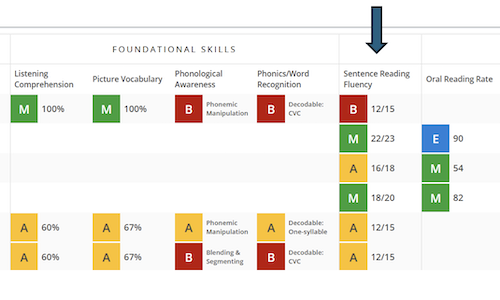
Many educators face a challenge that is all too common: how best to support students unlikely to meet grade-level standards. At Elmira City Schools in New York, Marnie O. Malone and her team found their solution in the MAP® Suite. It helped them meet three critical needs.
1. Support growth at all achievement levels
Along with her team, Malone, who is the supervisor of academic excellence at Elmira, used MAP® Growth™ data to help teachers not only measure and track student growth, but also inform instructional planning. “We used the learning continuum. We used reports. We found where our biggest target areas for improvement were,” she says.
2. Use data to back a holistic process
After MAP Growth was rolled out, both students and teachers got excited to set goals and create learning plans together. At monthly data meetings, grade-level representatives from each school began sharing results—and using data to answer tough questions. Malone explains: “The data from our NWEA assessments is incredibly accurate and tells us both when interventions are necessary, and how we will perform on the New York state test.”
3. Build reading to drive growth
MAP® Reading Fluency™ also helped educators at Elmira quickly identify the literacy areas they needed to tackle. They now have an established framework, common goals, and a shared language that effectively supports students year-round.
How is Elmira faring with their plan? Malone sums up their results best: “Now everyone speaks the same language—parents, kids, and teachers. Kids are saying, ‘Not only is this my score, but this is what it means, and this is how I’ve improved.’ When we give MAP tests, our teachers and administrators start pulling the reports right away.”
Read the complete case study for more information. And to learn about MAP Reading Fluency, watch our on-demand webinar.







